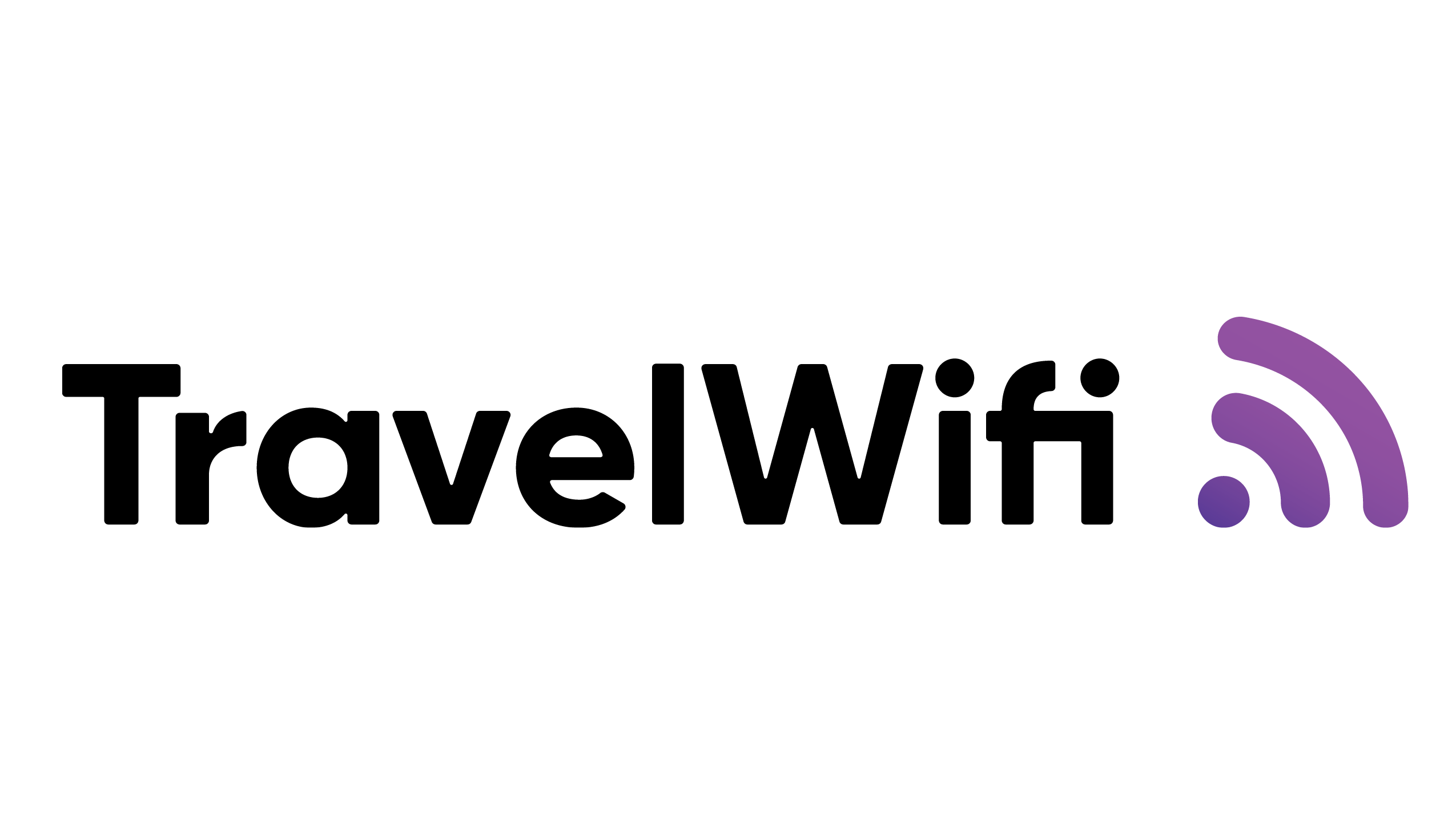As international travel resumes and things start getting back to “normal,” one expense that may not be at the top of every international traveler’s mind is data roaming fees. Travelers from the United States, in particular, may not realize that in Europe, Asia, South America, and elsewhere, your cellular data coverage changes from country to country.
For those in the UK, several mobile providers have just announced the return of roaming charges. This Is Money reports that “Two of the UK’s four biggest networks, EE and Vodafone, are reintroducing roaming charges for customers traveling to Europe. Three is also set to reintroduce them in May 2022.”
When we are at home or nearby, we get used to streaming music, video, or browsing social media while we are out and about. We also often forget that our map apps use mobile data to create turn-by-turn directions when we are on the go. But when we travel out of our regular service areas, that data usage can really add up quickly.
To help you to prepare for your upcoming international travel, we’ve crafted this guide to avoid roaming charges while traveling.
What are roaming charges?
Roaming charges are rates that mobile providers charge for service on their network. Generally, when you are in an area with service provided by your normal carrier, these fees are rolled into your normal service fees.
If you are not on your regular carrier network, you are likely going to incur data roaming fees for at least some of your usage. The FCC explains “Roaming rules and rates vary from one carrier to the next and can be complex, so take time to understand them before you travel. Advance preparation can prevent disappointments, such as lack of service or unexpected charges on your next bill.”
As the FCC suggests, these rules are complex and they can feel inconsistent. In some areas, you may need to plan for international roaming for all of your mobile functions, while in other places you may be able to make voice calls, but will pay for data roaming for text messaging, browsing, navigation usage, and more.
And to make things even more complicated, the rules and regulations can vary depending not only on where you are traveling but also on where you LIVE. EU citizens, for example, will face different roaming regulations and fees than non-EU citizens while traveling throughout the European Union.
How much does data roaming cost?
With all of the variables, it’s difficult to say uniformly what data roaming might cost you. It will vary by your service provider, destination, place of origin, and usage. It is not uncommon for those who are traditionally heavy users of mobile data–often those on unlimited usage plans in their home service area–to inadvertently rack up thousands of dollars in roaming fees while abroad.
Reviews.org provides an example of the types of roaming charges that one might expect:
- $0.25 per minute while talking on the phone.
- $0.10 cents per text message.
- $2-$5 per MB of data.
If you travel unprepared, and if you simply assume that you can use your phone as you do at home, you may be in for a very rude surprise on your next mobile bill.
In our blog, we’ve shared one of these horror stories:
Our series of unfortunate events begins in Spain, where one woman unknowingly racked up a bill of £16,000 ($24k) for sending text messages whilst roaming. In Turkey the misfortune continued for Ms. Mills who went away to relax but was instead greeted with a bloodcurdling bill for $34k – she was just trying to Facetime her friends and family.
Fortunately, there are a few things you can do to avoid roaming charges.
How to avoid data roaming fees
There are a number of ways that you can better prepare yourself for international data roaming charges.
Check with your current provider
You will want to be prepared when you travel. We recommend that you check first with your current mobile provider. Their websites may have information on international roaming, and on what is included in your service plan. Even so, a quick call to customer service will save a world of headaches in trying to wade through the plan language.
When you call, let the provider know where you are traveling, and ask what your plan provides in terms of roaming. Then ask about any add-on that may help for the duration of your trip. Expect there to be an additional cost and likely roaming charges on top of that cost. Then decide if it is worth the expense.
Turn off data altogether
Some international travelers decide to turn off the data functions of their mobile devices altogether to avoid roaming charges. If this fits your lifestyle, it may be an option while you are abroad. You may want to consider things like maps and other helpful items when you are on the go.
Stick to free WiFi
Similarly, some travelers opt to only utilize free WiFi at hotels, restaurants, pubs, and other locations. This can be an effective workaround if you are savvy, and can plan ahead to download route guidance and other information to your device before setting out for the day.
Multiple SIM cards
If you have an unlocked phone, you may be able to buy a local SIM card that provides you with service where you are traveling. This can be a good solution if you are in one location for a length of time. Some travelers buy a whole new phone in their destination country.
This can be an effective, if expensive, workaround. It can be challenging to manage all of the plans and devices, and the nuances of traveling across borders or into new coverage areas (will your plan in Ireland work if you travel into Northern Ireland, for example? (it likely won’t)).
eSIM devices
If you have the money to spend, you may purchase a device that works via eSIM, and allows you to change your cellular network service provider electronically. These devices tend to be expensive, but you would be able to reprogram your SIM for each area you visit simply by establishing service with a new local provider.
Consider a Portable Hotspot
Perhaps the best solution is to buy or rent a portable WiFi hotspot from TravelWiFi. We allow you to customize your data plan, and use your device in any (or all) of 130+ countries.
No more waiting until you get to the hotel to check the weather. No more paying for access to a pub’s WiFi to download the directions to a point of interest. And best of all, no more data roaming charges.
Get the travel essentials you need here!


